10 GPTs for Dance Learning Powered by AI for Free of 2025
AI GPTs for Dance Learning are advanced artificial intelligence tools designed to facilitate and enhance the process of learning and teaching dance. Leveraging Generative Pre-trained Transformers (GPTs), these tools offer tailored solutions for a range of tasks specific to the dance domain, such as choreography creation, movement analysis, and personalized feedback. By processing vast amounts of dance-related data, they can generate insightful instructions, suggest improvements, and even create new dance sequences, making them invaluable for both students and educators in the field.
Top 10 GPTs for Dance Learning are: Dance Buddy,Ala Zrafi the Dance Studio Maestro,科目三舞蹈教學,Dance Master,🕺💃 Epic Dance Step Mentor GPT,Dance Instructor,Dance Instructor,Salsa Explorer,💃✨ Ultimate Dance Trivia Master 🕺🌟,💃✨ Virtual Dance Coach Pro 🕺🎶
Dance Buddy
Master Swing Dance with AI-Powered Visual Aids
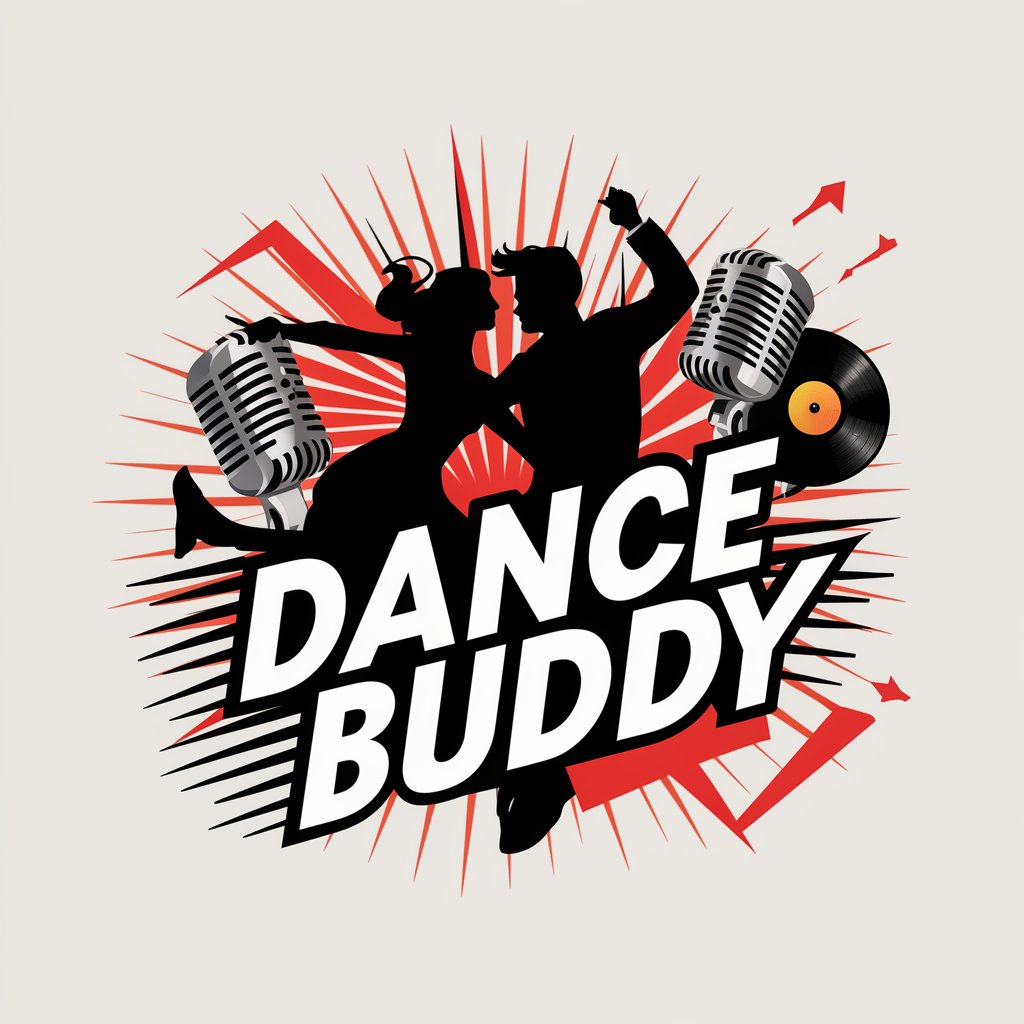
Ala Zrafi the Dance Studio Maestro
Empowering Your Dance Journey with AI
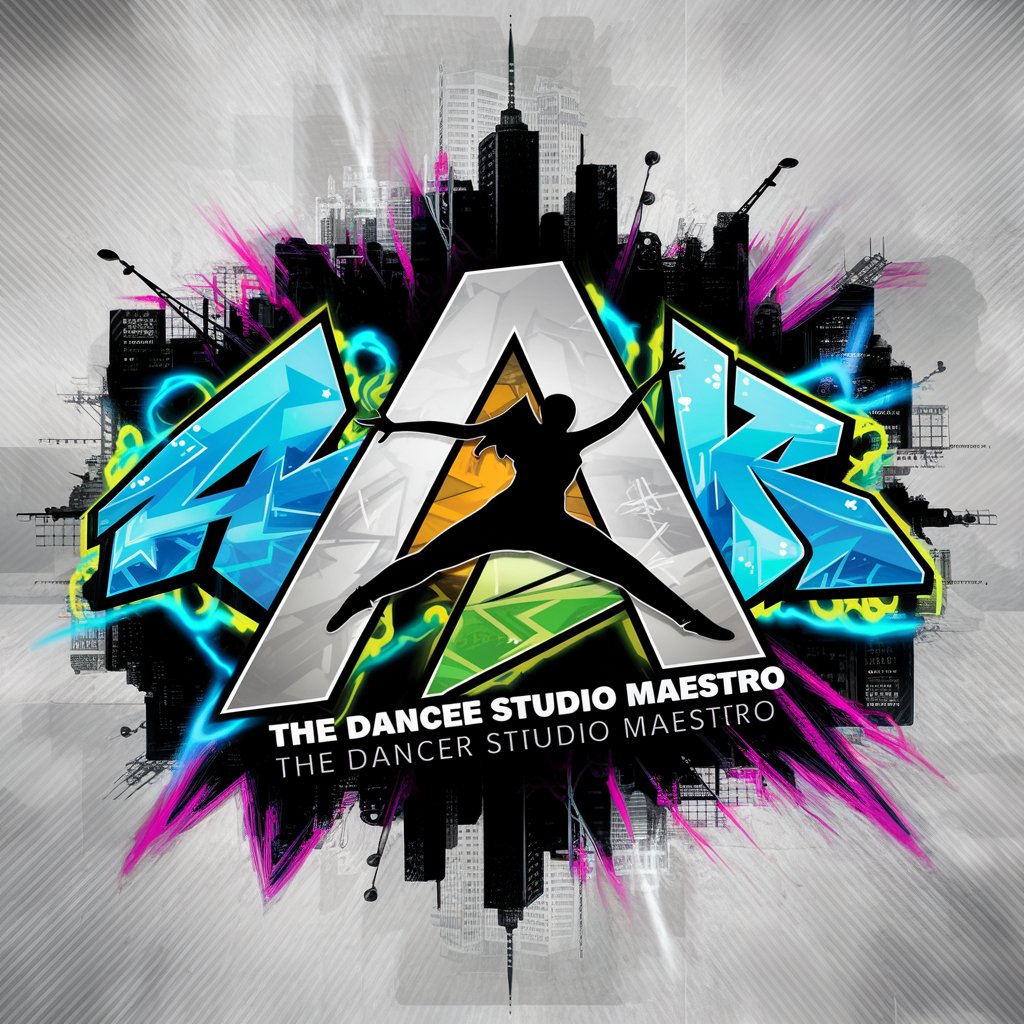
科目三舞蹈教學
Master Dance Moves with AI
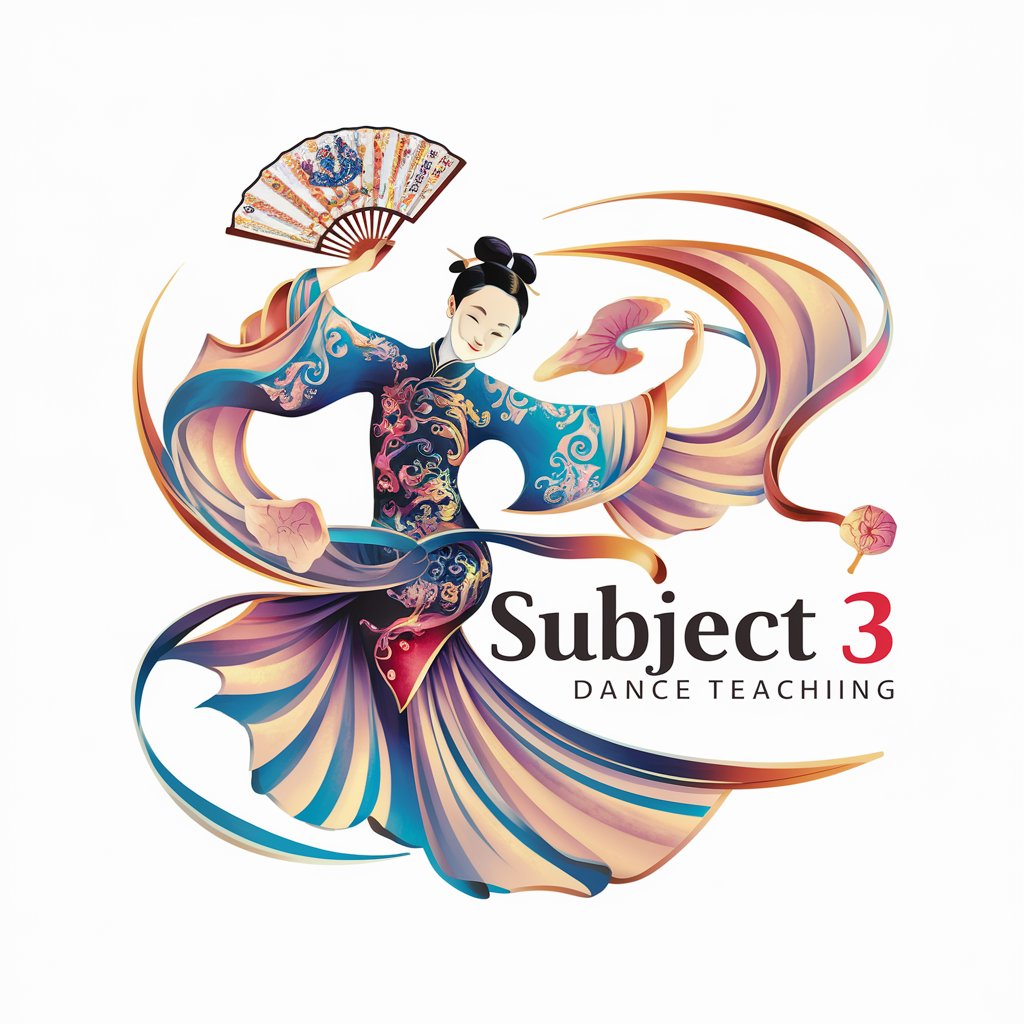
Dance Master
Empowering dance innovation with AI
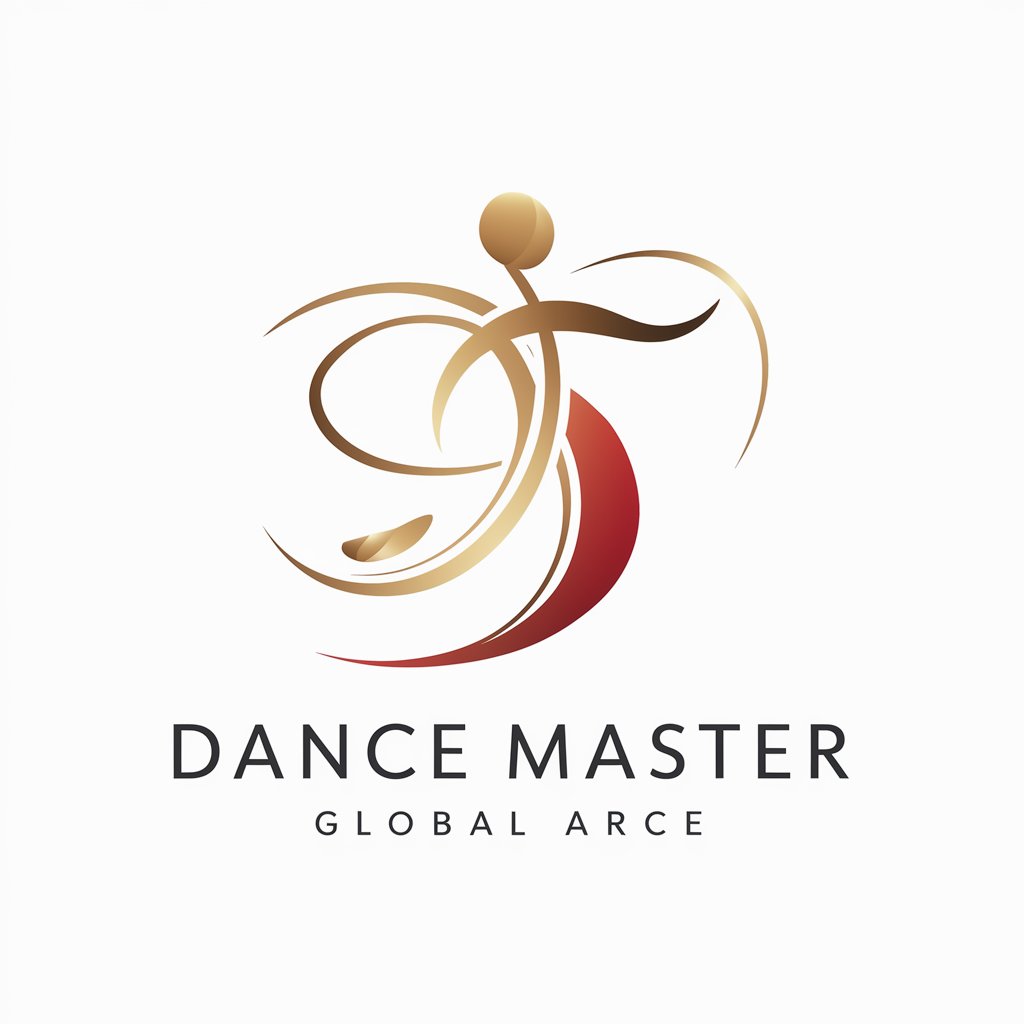
🕺💃 Epic Dance Step Mentor GPT
Master dance steps with AI-powered guidance.

Dance Instructor
Elevate Your Dance, Powered by AI

Dance Instructor
Learn to Dance with AI
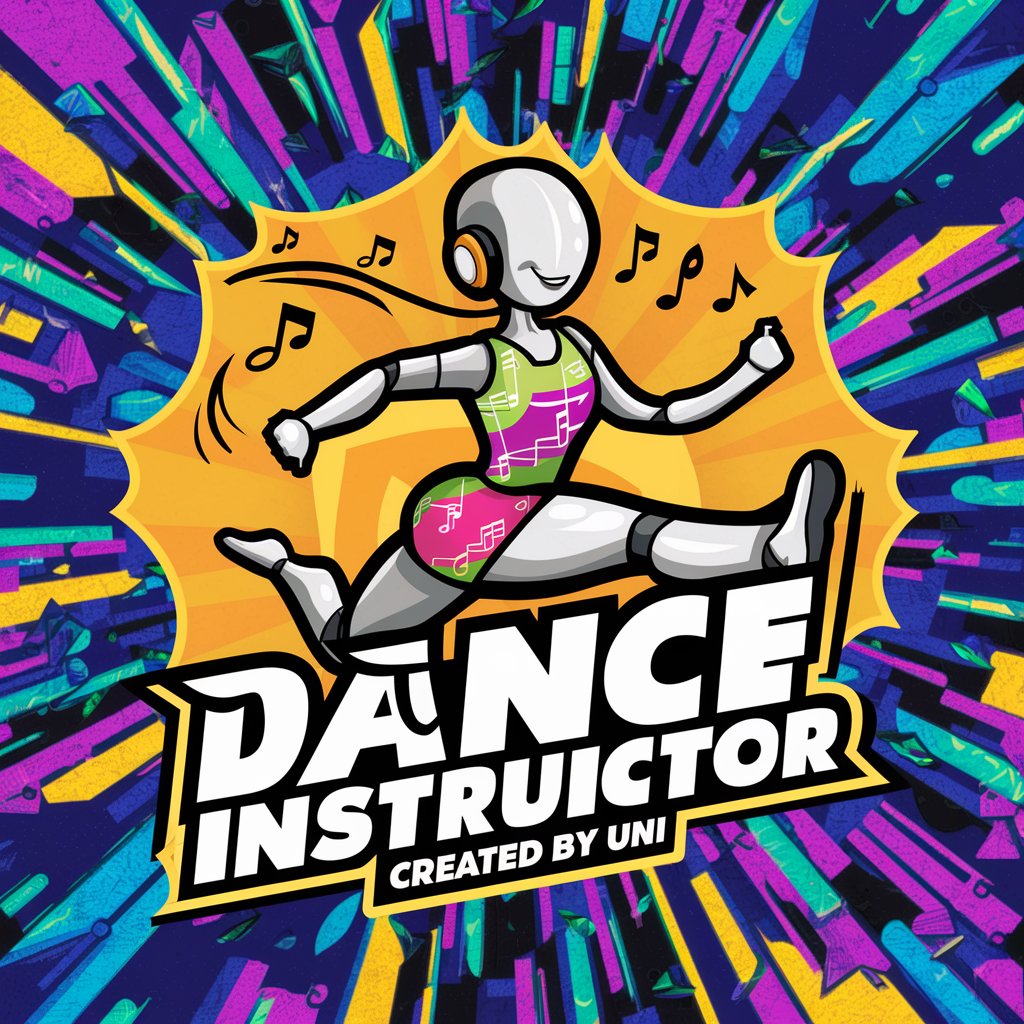
Salsa Explorer
Explore the rhythm of salsa with AI.
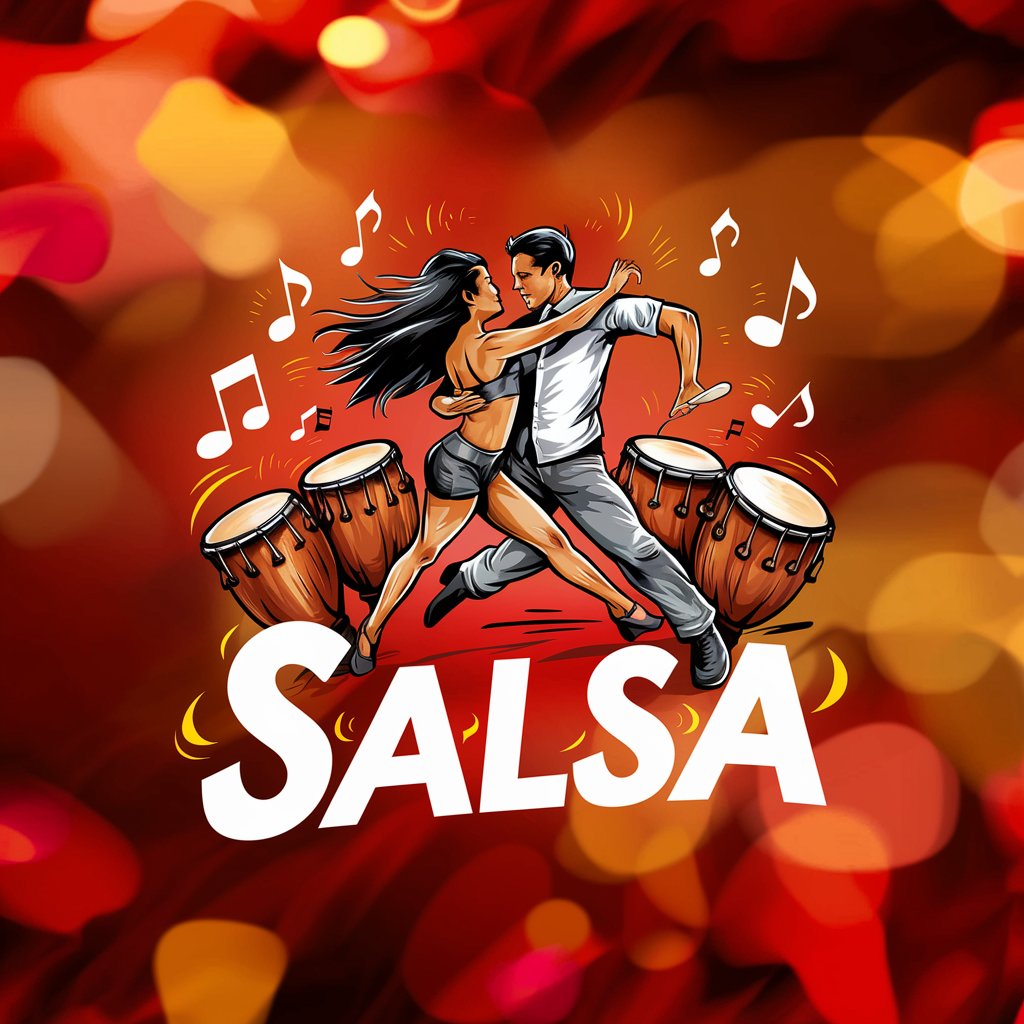
💃✨ Ultimate Dance Trivia Master 🕺🌟
AI-powered dance discovery and learning.
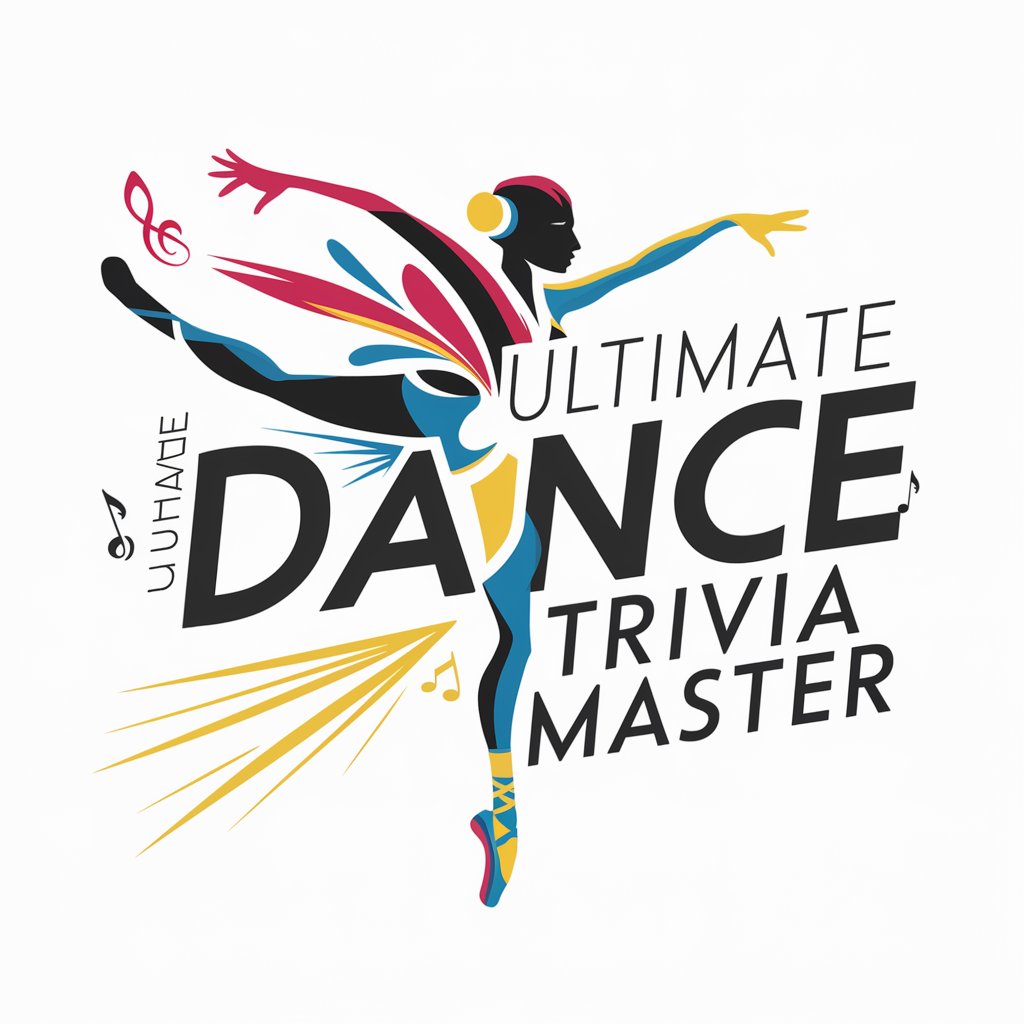
💃✨ Virtual Dance Coach Pro 🕺🎶
Dance smarter, not harder, with AI

Key Capabilities of Dance Learning AI Tools
AI GPTs for Dance Learning are distinguished by their adaptability across various dance styles and learning levels, from beginners to professionals. Key features include real-time feedback on performance, generation of choreography, personalized learning plans, and the ability to analyze and interpret body movements through video recognition technology. These tools also support multi-language learning, offer extensive technical support, and can perform web searches for dance-related resources or inspiration, alongside data analysis capabilities for improving teaching strategies.
Who Benefits from Dance Learning AI?
These AI GPTs tools cater to a wide audience, including dance students looking to enhance their skills, instructors seeking innovative teaching methods, choreographers exploring creative choreography generation, and dance enthusiasts interested in understanding more about dance forms and history. They are accessible to users without programming knowledge, while also offering advanced customization options for tech-savvy individuals or developers in the dance education sector.
Try Our other AI GPTs tools for Free
Swing Techniques
Discover how AI GPTs for Swing Techniques revolutionize learning and perfecting swing movements through personalized, data-driven insights and feedback, tailored to your skill level.
Nation Building
Discover AI GPTs for Nation Building: cutting-edge tools designed to enhance governance, policy-making, and civic engagement through tailored AI solutions.
Education Reform
Revolutionize education with AI GPT tools designed for personalized learning and efficient administration, making educational experiences more inclusive and adaptable.
Governance Advice
Discover how AI GPTs for Governance Advice can transform governance processes with advanced, adaptable solutions tailored to the unique challenges of public and corporate governance.
Detoxification
Discover how AI GPTs for Detoxification harness machine learning to create safer online spaces by filtering out toxic content, promoting positive interactions.
Metabolic Health
Explore the transformative power of AI GPTs for Metabolic Health, designed to provide personalized, evidence-based insights for improved health outcomes.
Expanding Horizons with Dance Learning AI
AI GPTs for Dance Learning not only personalize the dance education experience but also open up new possibilities for creativity and innovation in dance choreography. Their user-friendly interfaces make advanced AI accessible to a broad audience, while their integration capabilities mean they can enhance existing systems and workflows, offering a futuristic approach to dance learning and teaching.
Frequently Asked Questions
What exactly are AI GPTs for Dance Learning?
AI GPTs for Dance Learning are specialized AI tools designed to support and enhance dance education and practice by using advanced algorithms to provide customized learning experiences, feedback, and choreography suggestions.
How do these tools personalize dance learning?
They analyze the learner's progress, preferences, and performance through data input and video analysis to offer personalized feedback, suggestions for improvement, and customized choreography that matches the learner's skill level and goals.
Can these AI tools help with any style of dance?
Yes, these AI tools are versatile and can be adapted to support a wide range of dance styles, from ballet to hip-hop, by analyzing style-specific movements and techniques.
Do I need technical skills to use these AI GPTs?
No, these tools are designed to be user-friendly for individuals without any coding knowledge, offering intuitive interfaces and guidance. However, they also provide customization options for those with programming skills.
How can teachers integrate these tools into their teaching methods?
Teachers can use these tools to enhance their lessons by incorporating AI-generated choreographies, using the feedback mechanism to provide students with detailed insights, and accessing vast resources for teaching inspiration.
What makes AI GPTs for Dance Learning unique compared to other educational tools?
Their ability to process and generate dance-specific content using advanced AI, provide real-time personalized feedback, and support for a wide range of learning levels and styles sets them apart.
Are there options for collaboration or sharing within these tools?
Yes, many of these tools offer features for sharing choreographies, feedback, and progress within a community or classroom setting, fostering a collaborative learning environment.
Can these tools be integrated into existing digital learning platforms?
Absolutely, their flexible design allows for integration into various digital platforms and learning management systems, making them a versatile addition to existing educational resources.